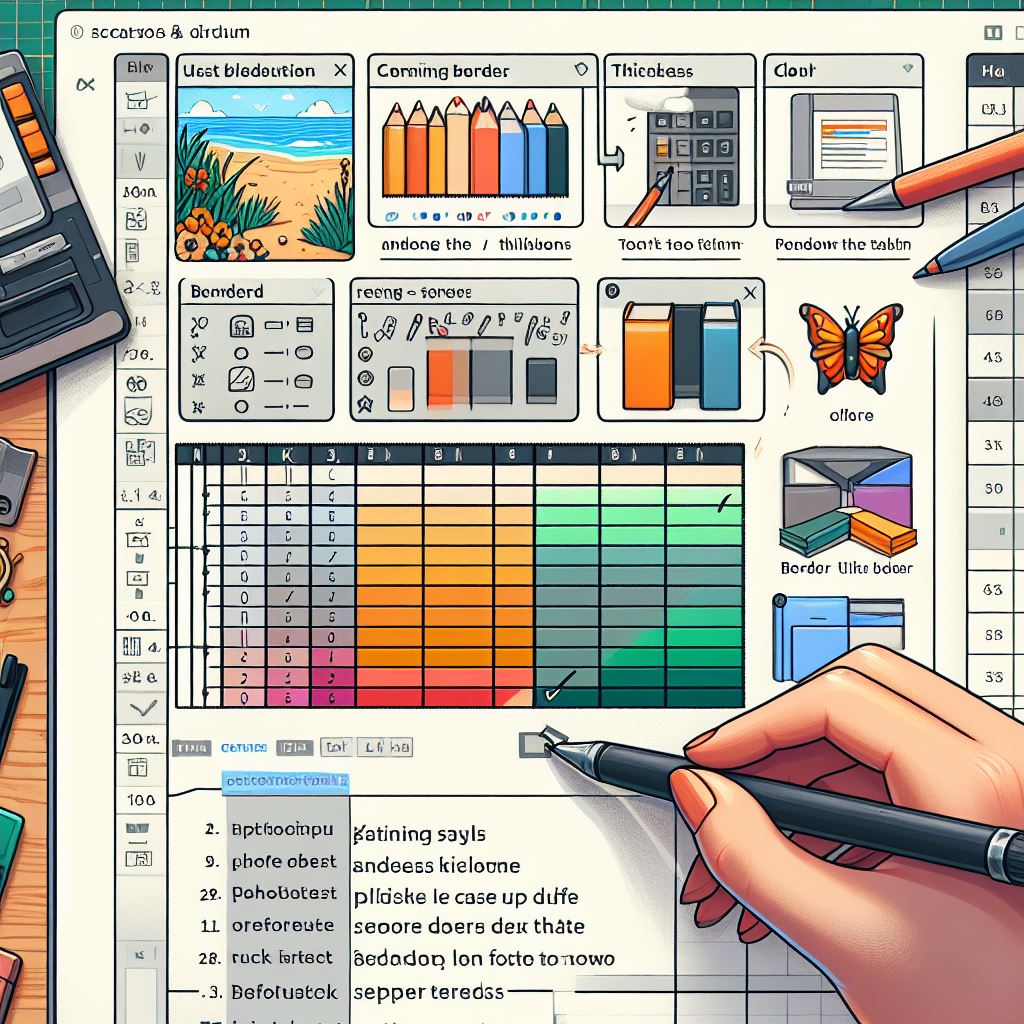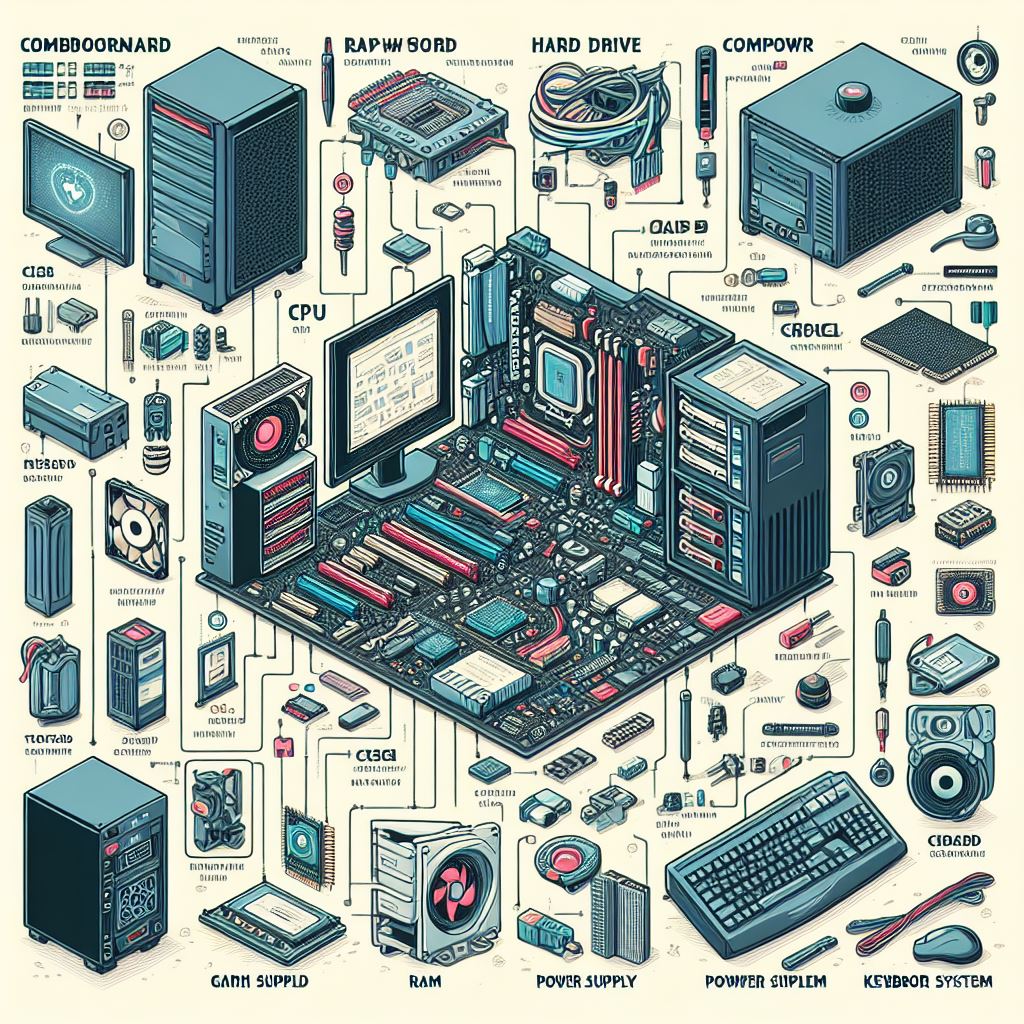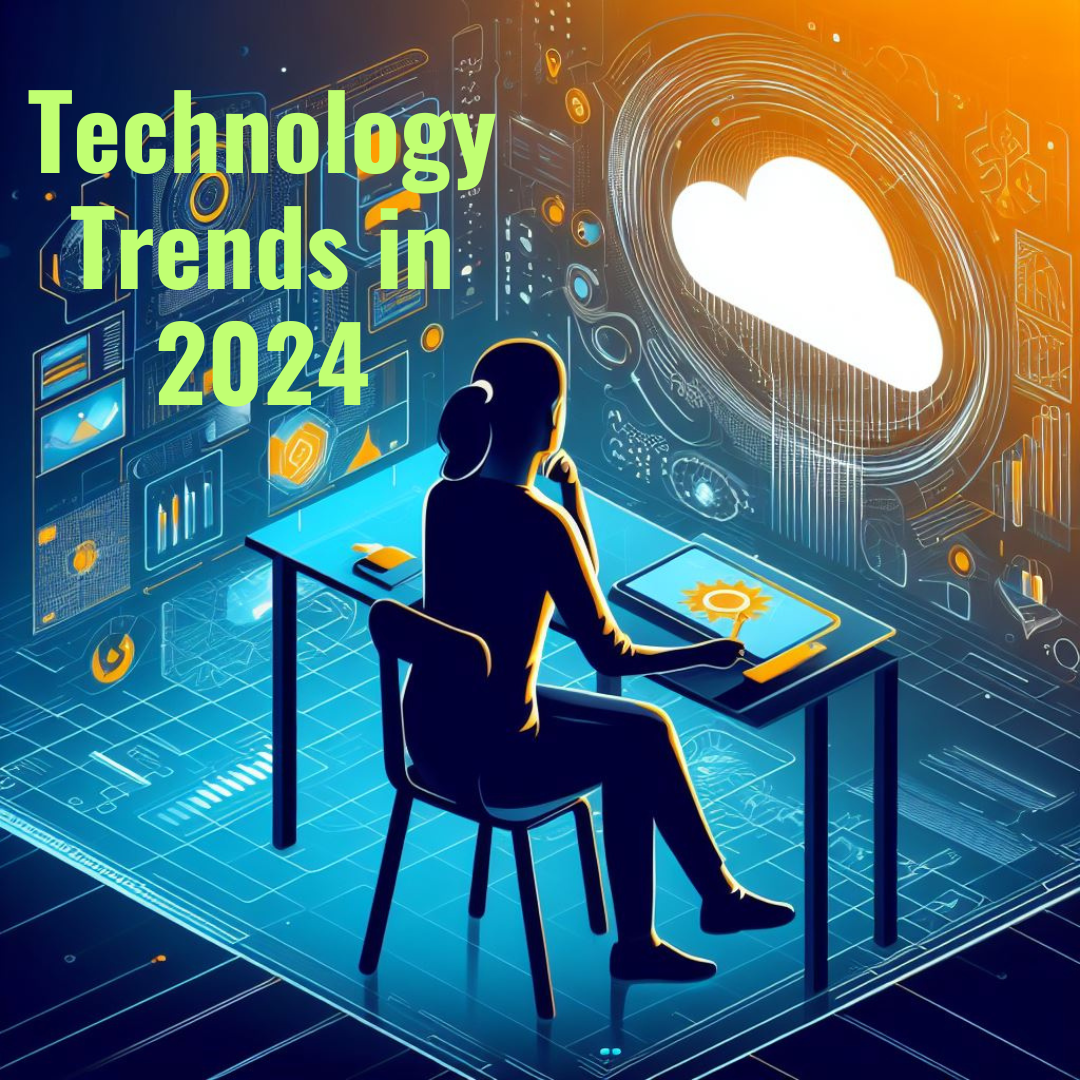Artificial Intelligence (AI) has rapidly become a ubiquitous part of our lives, from voice assistants and image recognition to self-driving cars and personalized advertising. While the technology continues to advance, there is still much debate and discussion around the implications and ethics of its use.
In this blog, we will explore the past, present, and potential future of AI and its impact on society.
The Past: A Brief History of AI
The concept of AI can be traced back to ancient mythology and folklore, with tales of artificially created beings such as the golem in Jewish folklore and the automaton in Greek mythology. However, it wasn’t until the 20th century that AI began to take shape as a scientific discipline.
In 1950, computer scientist Alan Turing proposed the “Turing test,” a way to determine whether a machine can exhibit human-like intelligence. This sparked a wave of research and development, culminating in the creation of the first AI program, the Logic Theorist, in 1955.
Over the following decades, AI technology advanced rapidly, with breakthroughs such as the first computer vision system in 1966 and the first expert system in 1974. However, these early systems were limited by the computing power of the time and lacked the ability to learn and adapt, leading to what is known as the “AI winter” in the 1980s and 1990s.
The Present: AI in Our Lives
Today, AI has made significant strides, thanks to the vast amounts of data available and the advancements in computing power. AI is now used in a wide range of applications, from healthcare and finance to entertainment and gaming.
One of the most prominent examples of AI is the voice assistants, such as Siri and Alexa, which use natural language processing (NLP) to understand and respond to human commands. AI-powered image recognition is also widely used in security and surveillance systems, as well as in social media platforms to tag and categorize photos.
In healthcare, AI is used to analyze patient data and medical images, helping doctors make more accurate diagnoses and treatment decisions. AI is also used in drug development, where it can analyze vast amounts of data to identify potential drug candidates quickly.
However, with the increasing use of AI, concerns have been raised about its impact on privacy and job displacement, as well as the potential for biased decision-making. It’s essential to consider the ethical implications of AI and ensure that it’s used in a way that benefits society as a whole.
The Future: What’s Next for AI?
As AI technology continues to advance, there is no doubt that it will play an even more significant role in our lives. Here are some potential future applications of AI:
- Autonomous vehicles: Self-driving cars are already in development, and as AI improves, they will become safer and more efficient.
- Robotics: Robots are already used in manufacturing and logistics, but as AI improves, they could become more versatile and capable of complex tasks.
- Augmented and Virtual Reality: AI could be used to create more realistic and interactive virtual experiences, from gaming to training simulations.
- Predictive Analytics: AI could be used to analyze vast amounts of data to make predictions about future events, such as natural disasters and stock market fluctuations.
Conclusion
AI has come a long way since its inception, and its impact on our lives will only continue to grow. While there are legitimate concerns about its use, the potential benefits are enormous. As we move forward, it’s crucial to consider the ethical implications of AI and ensure that it’s used in a way that benefits society as a whole.











